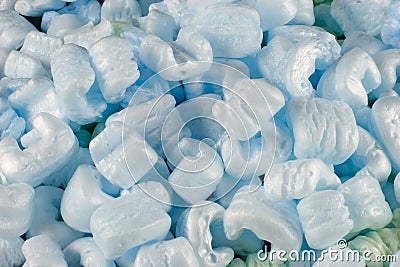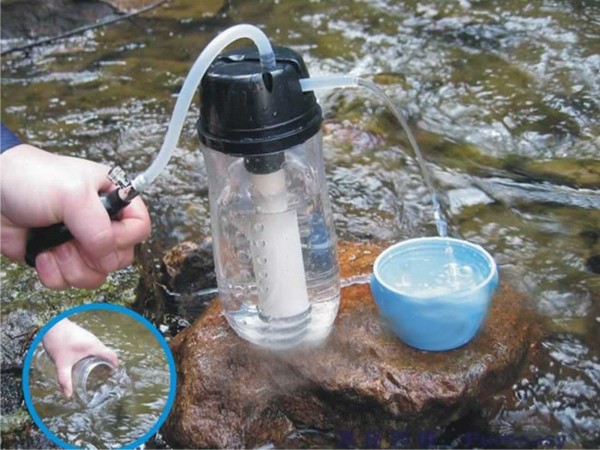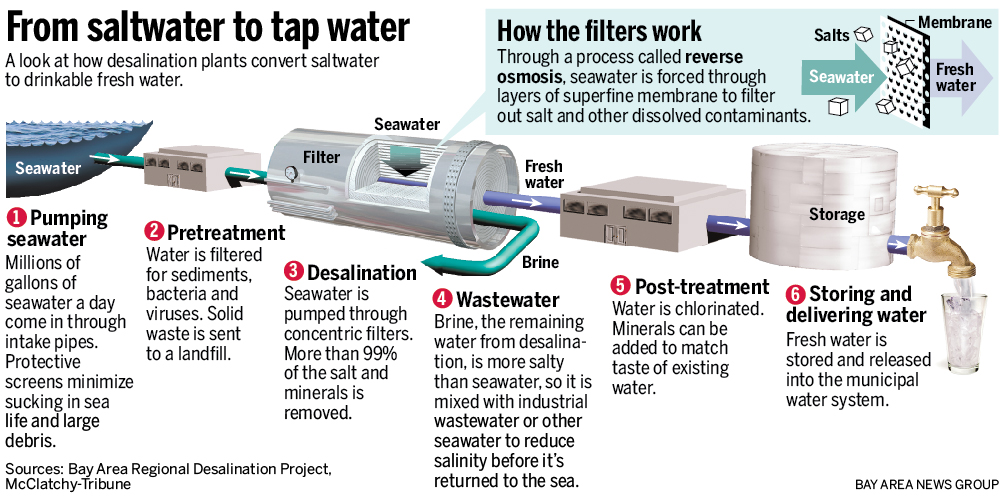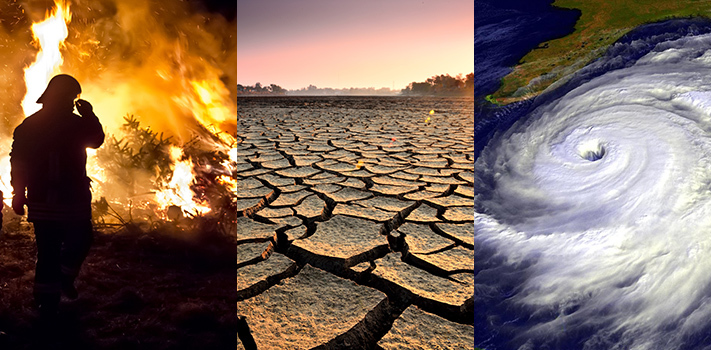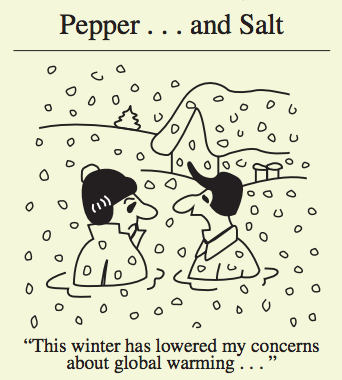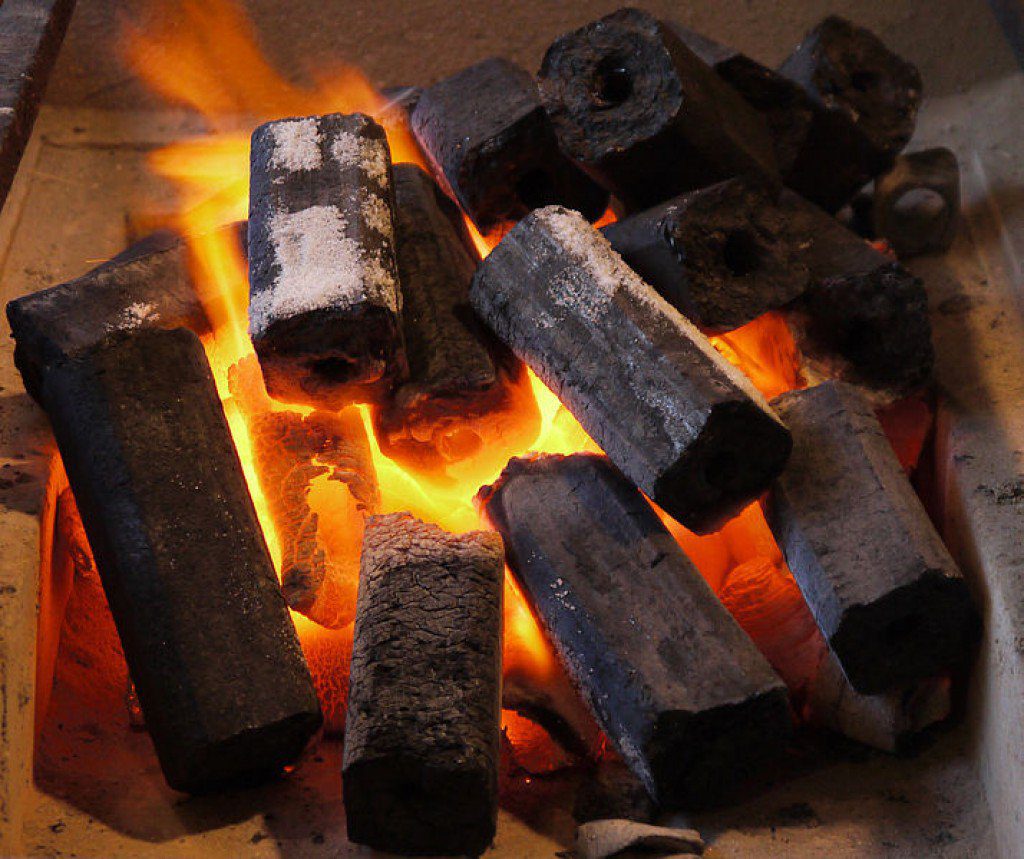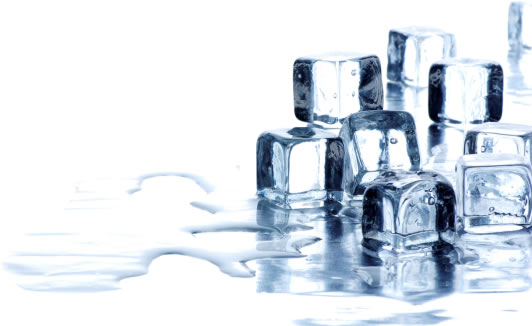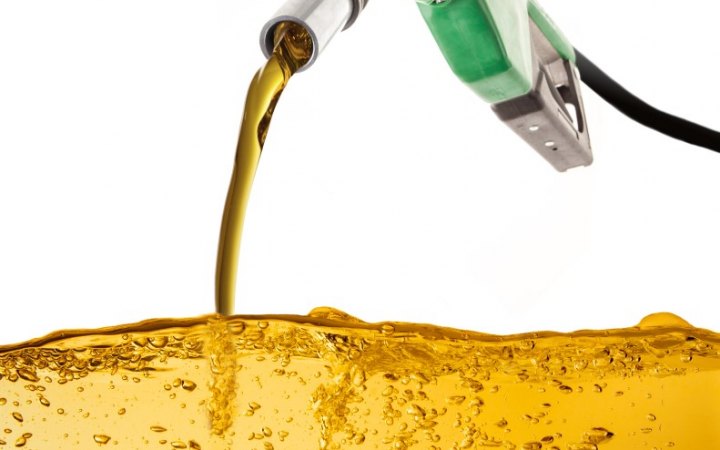In allergy suffers, histamine causes runny nose, red eyes, and other symptoms. Here is its structural formula.
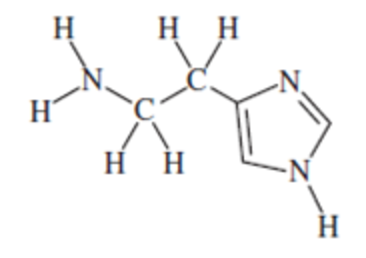
Give the chemical formula for this compound.
1a. C5H9N3
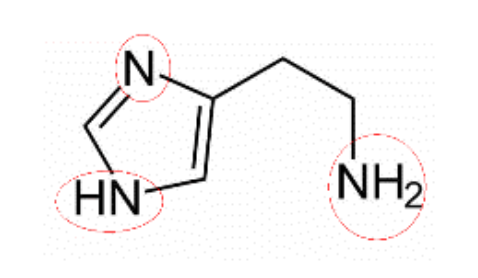
Circle the amine functional groups in histamine.
https://www.chegg.com/homework-help/allergy-sufferers-histamine-causes-runny-noses-red-eyes-symp-chapter-10-problem-9q-solution-9780077418465-exc
Which part (or parts) of the molecule make the compound water soluble?
1c. Nitrogen groups, amine groups = They are able to form hydrogen bonds, making the compound soluble in water.
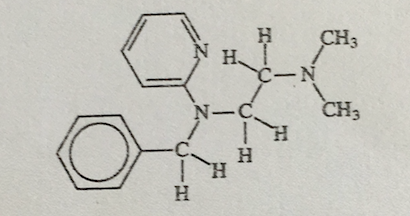
Give the chemical formula for this compound.
2a.
What similarities do you see between this structure and that of histamine (shown in the previous question 1) that would allow the antihistamine to compete with histamine?
2b. They all have amine groups which are responsible for the binding between the compound to the receptor. Thus Anti-histamine is capable of competing with histamine for binding to the histamine receptors to inhibit the onset of allergic reactions
3. Consider this statement. “Drugs can be broadly classed into two groups: those that produce a physiological response in the body and those that inhibit the growth of substance that cause infections.” Into which class does each of these drugs fall?
Inhibit growth of substances that cause infection
Keflex antibiotic
Penicillin
Produce physiological response in the body
Aspirin
Morphine
Amphetamine
Estrogen
4. Herbal or alternative medicines are not regulated in the same way as prescription or OTC medicines. In particular, the issues of concern are identification and quantification of the active ingredient, quality control in manufacture, and side effects when the herbal remedy is used in conjunction with another alternative prescription medicine.
What do you think is the evidence from herbal supplement manufacturers that address the issues?
4a.But since they became widely available in 1994, the FDA and some independent researchers have found problems with some dietary supplements. Products like herbs are sometimes tainted with germs, pesticides, or toxic heavy metals. Other supplements do not contain what’s listed on the label. Still others contain more or less than the amount of the herb listed on the label. And many have ingredients that aren’t listed on the label at all.
This problem extends beyond the supplement makers and sellers. Some herbal suppliers (those who grow, harvest, or sell the crops) may mix or even substitute their crops with less expensive or more readily available plants. There’s also the problem of accidental contamination, when one plant grows in with others, as well as cases of mistaken identity (when one plant looks like another). Given the global market, all of these problems can make it harder for a company to be sure that what they thought they were buying to make supplements is actually the herb they wanted.
In 2013 researchers in Toronto published a report in which they sampled and analyzed 44 herbal supplements. The supplements were sold in both the US and Canada, and labeled as containing single herbs. Using DNA bar coding analysis, less than half the supplements (48%) contained any of the herb listed on the label. More than half of the supplements contained something that wasn’t on the label (substitutions or fillers). Even among the samples that contained the herb on the label, many also contained fillers or contaminants.
Do you know anything about Singapore’s legislation on the topic?
4b. No, however upon research, my group managed to find information and understand how legislation on this topic works in Singapore. The enactment of the Act that all forms of TCM practice would be regulated. The Act, by virtue of section 14(1), states that the Minister for Health may, by order published in the Gazette, declare any type of practice of traditional Chinese medicine as a prescribed practice for the purposes of the Act if he is of the opinion that it is in the public interest for that type of practice to be regulated. The Ministry of Health’s intention is to start with acupuncturists, because it is an invasive procedure that carries risks of injury and infection. Accordingly, by way of the Traditional Chinese Medicine Practitioners (Prescribed Practice Of Traditional Chinese Medicine) Order 2001, the Minister for Health declared, pursuant to this section, that acupuncture is a prescribed practice of TCM. As part of the regulation of acupuncturists, the Minister for Health also made the Traditional Chinese Medicine Practitioners (Registration of Acupuncturists) Regulations 2001 (the ‘Regulations’) which came into effect on 23 February 2001. The Regulations prescribe the procedure and requirements for being registered as an acupuncturist. Broadly speaking, in order to be registered, a person must have the required qualifications and experience. In addition, the person seeking registration may also be required to take and pass a qualifying examination. This will be the case where he does not have the requisite experience or his qualifications are not of a specified kind. It should be noted that sections 24 and 25 of the Act have not yet come into force. These sections deal with the unlawful engagement in prescribed TCM practices (namely, acupuncture). As these are not currently in force, acupuncturists have effectively been given a grace period to ready themselves for the need to register with the Board.

